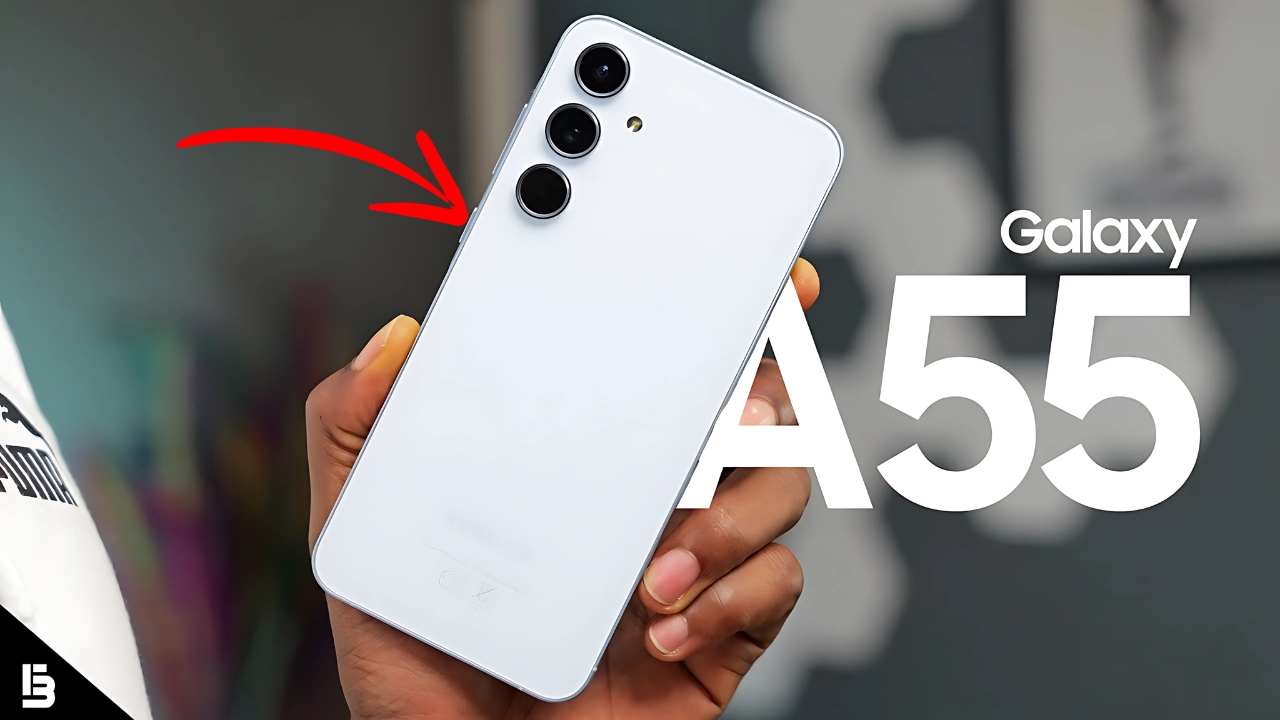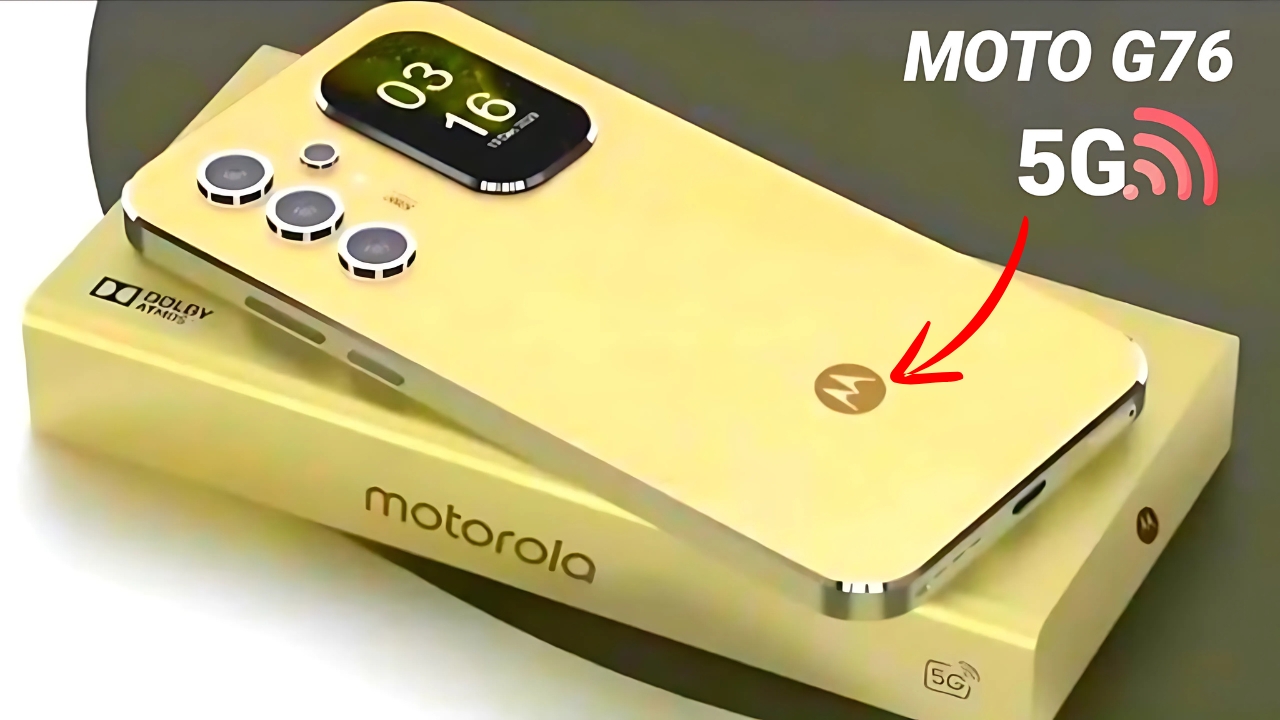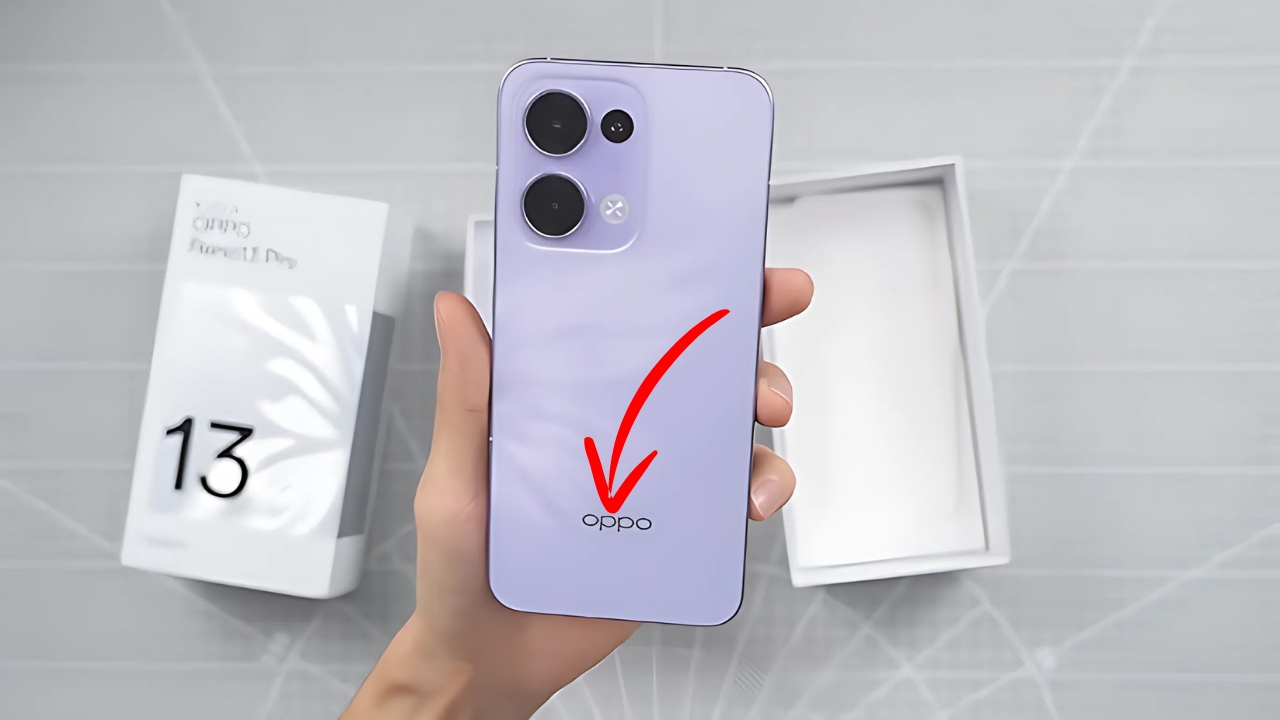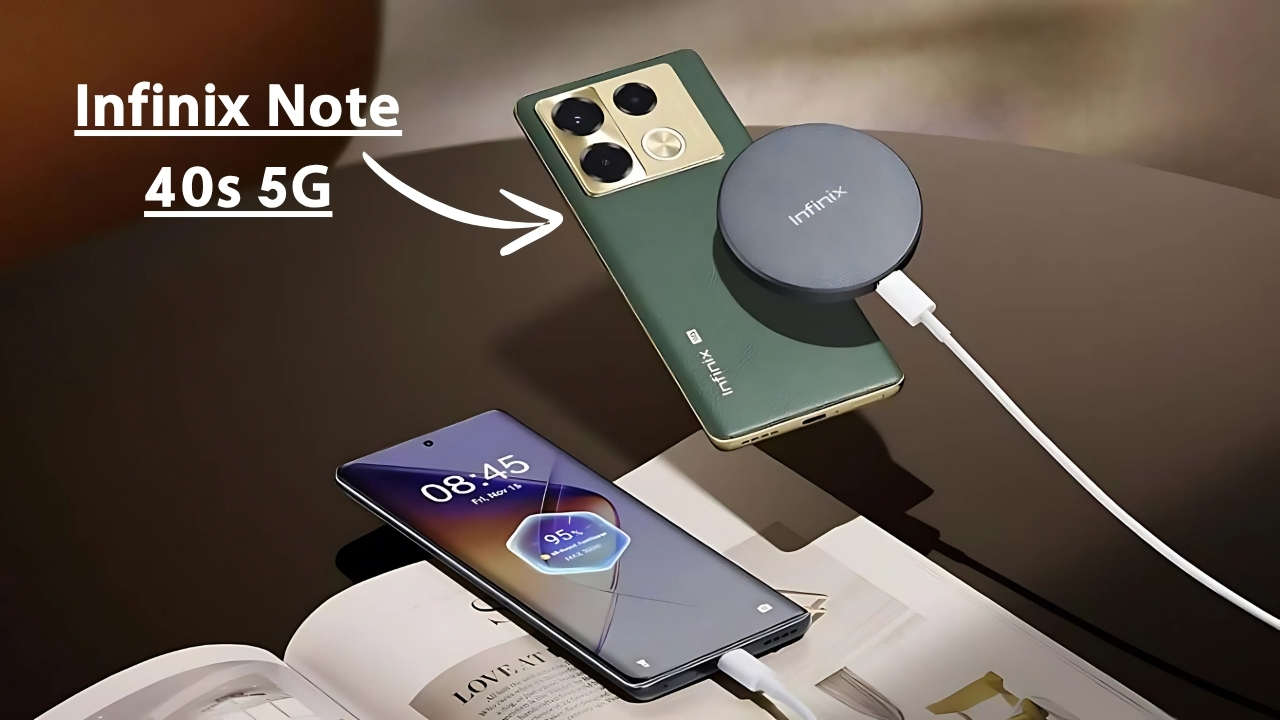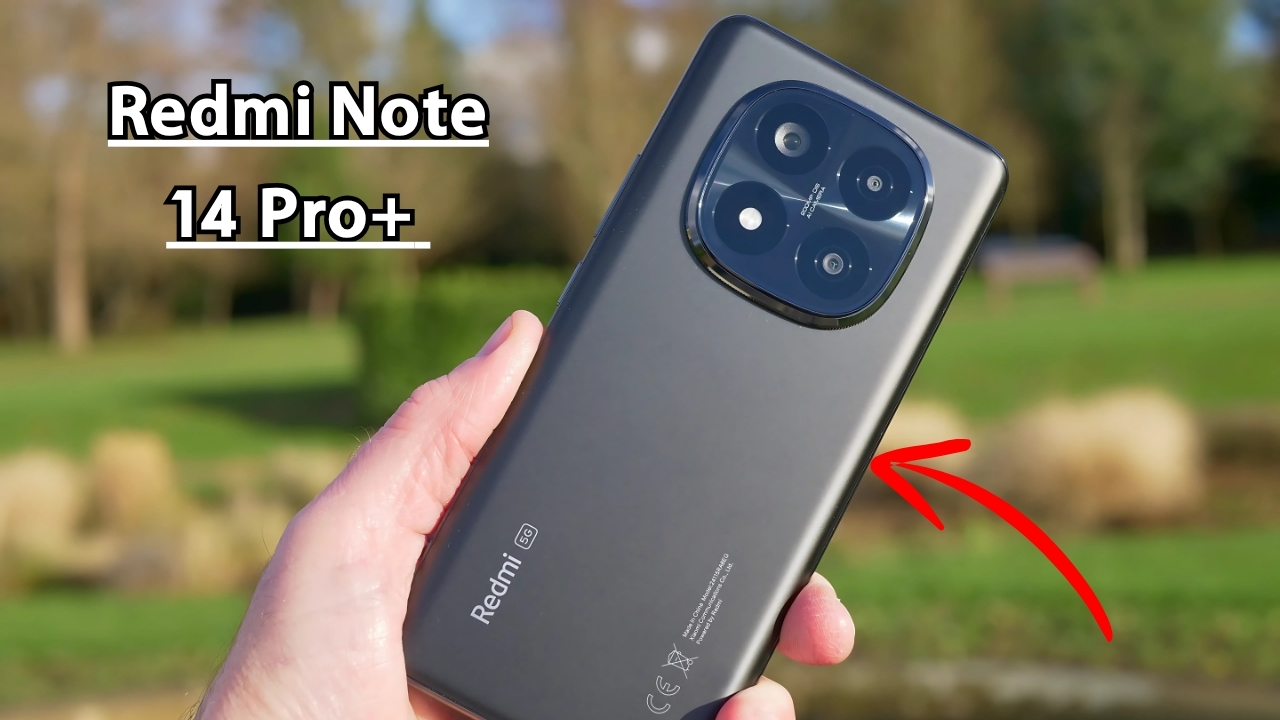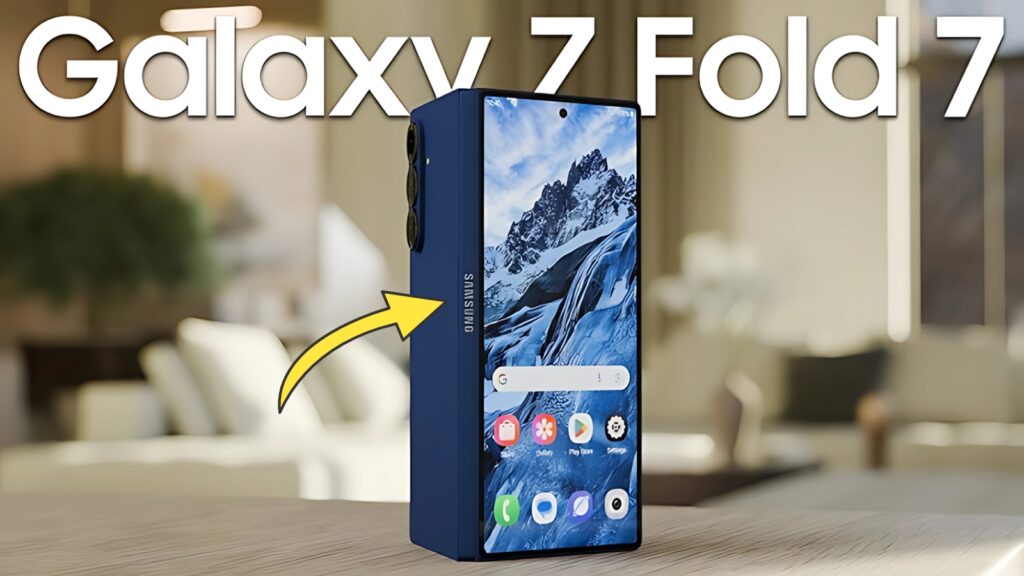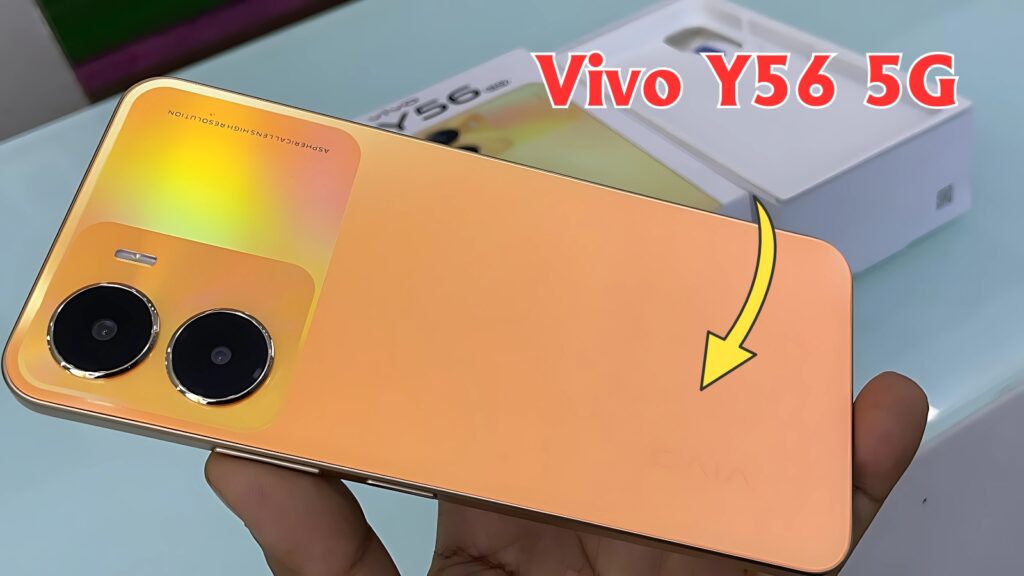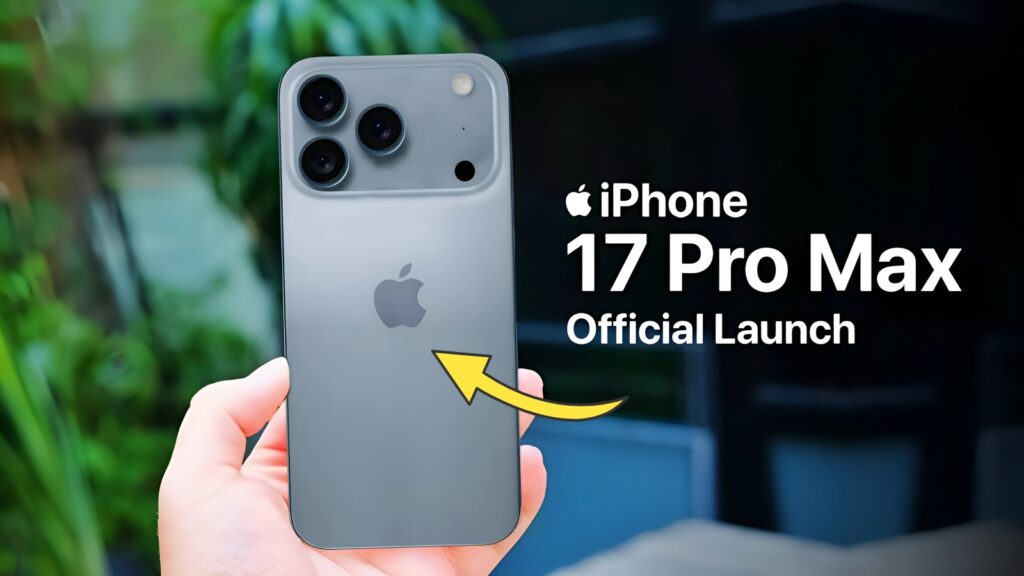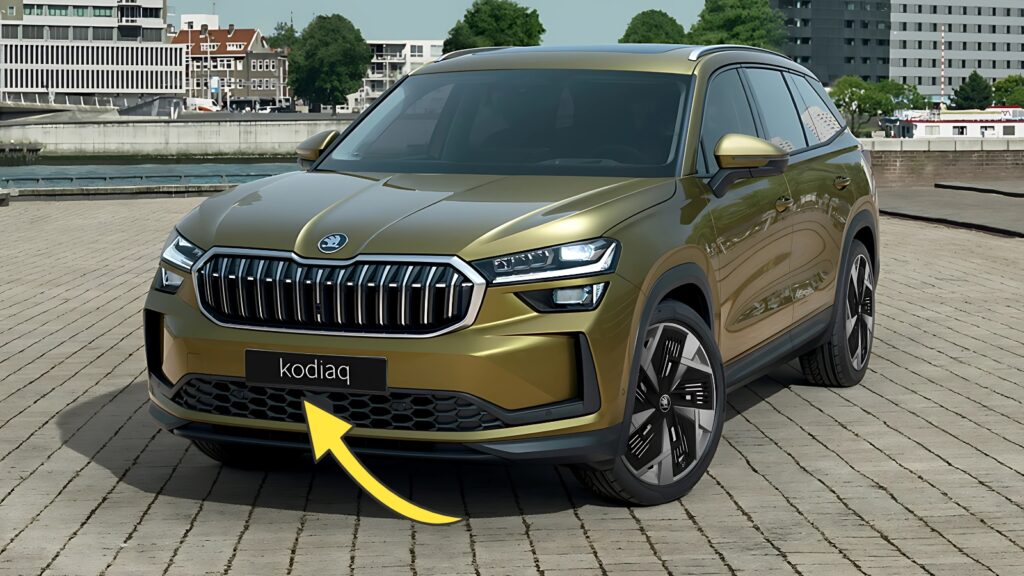Samsung Galaxy A55 5G : The mid-range smartphone segment has become increasingly competitive over the past few years, with manufacturers packing more premium features into devices that won’t break the bank.
Samsung’s A-series has long been at the forefront of this trend, and with the new Galaxy A55 5G, the Korean tech giant continues to blur the line between mid-range and flagship devices.
After spending three weeks with the A55 as my primary device, I’ve developed a nuanced understanding of its strengths and limitations—particularly regarding its much-touted sAMOLED display and 50MP main camera.
Design Evolution: Subtle Refinement
Samsung has taken an evolutionary rather than revolutionary approach with the A55’s design.
At first glance, it bears a strong family resemblance to its predecessor, the A54, but closer inspection reveals several refinements that enhance both aesthetics and durability.
The most notable change is the new “Key Island” design element—a slightly raised metal section on the right side of the frame that houses the power and volume buttons.
It’s a subtle touch that adds visual interest while making the buttons easier to locate by feel. The frame itself is now constructed from what Samsung calls “Armor Aluminum,” claimed to be 10% stronger than the material used in the previous generation.
The back panel retains the clean, minimalist aesthetic with three individually housed camera lenses that barely protrude from the surface—a welcome change from the increasingly chunky camera bumps seen on many smartphones.
The glass back (Corning Gorilla Glass Victus+, the same as used on Samsung’s S-series) features a subtle shimmer effect that’s most noticeable when it catches the light.
Available in four colors—Awesome Lilac, Awesome Iceblue, Awesome Navy, and Awesome Graphite (my review unit)—the A55 manages to look both sophisticated and youthful.
The Graphite variant has a somewhat business-like appearance, while the Lilac and Iceblue options add a bit more personality.
At 8.2mm thick and weighing 213g, the A55 has a substantial feel without being unwieldy. The weight distribution is well-balanced, making it comfortable to hold for extended periods.
The phone is rated IP67 for dust and water resistance, meaning it can survive submersion in up to 1 meter of fresh water for 30 minutes—a feature still relatively rare in this price segment.
Display: Where Mid-Range Meets Premium
The centerpiece of the Galaxy A55 5G is undoubtedly its display—a 6.6-inch Super AMOLED panel that Samsung officially markets as “Infinity-O.”
With FHD+ resolution (2340 × 1080 pixels), 120Hz refresh rate, and HDR10+ certification, it offers specifications that would have been flagship-exclusive just a couple of years ago.
In practical terms, this translates to a visually stunning experience for everything from casual browsing to media consumption.
Colors are vibrant without being oversaturated (especially in the “Natural” display mode), blacks are truly deep thanks to the OLED technology, and the brightness peaks at 1,000 nits for HDR content and 800 nits in high brightness mode—making outdoor visibility excellent even on sunny days.
The 120Hz refresh rate makes scrolling and animations noticeably smoother compared to standard 60Hz displays.
Samsung has implemented an adaptive refresh rate system that can drop down to 60Hz for static content to conserve battery, though it’s not as granular as the 1-120Hz variable refresh found on flagship devices.
The display is protected by Corning Gorilla Glass Victus, offering good scratch and impact resistance.
During my testing period, the screen picked up no visible scratches despite sharing pocket space with keys and coins on several occasions.
One aspect that particularly impressed me was the display’s touch response. The 240Hz touch sampling rate ensures that inputs are registered immediately, which is particularly noticeable when gaming or typing quickly.
The in-display fingerprint sensor (optical rather than ultrasonic) is positioned at a comfortable height and works reliably, though it’s a fraction of a second slower than the ultrasonic sensors found in Samsung’s premium offerings.
For those who value display quality above all else in a smartphone, the A55 punches well above its weight class.
Performance: Balanced for Everyday Use
Powering the Galaxy A55 5G is Samsung’s Exynos 1480 chipset, built on a 4nm process. It’s paired with either 6GB or 8GB of RAM (my review unit had 8GB) and 128GB or 256GB of storage, expandable via microSD.
In day-to-day use, the phone feels responsive and capable, handling everything from social media browsing to multitasking between productivity apps without noticeable lag. App loading times are generally quick, though not quite as instantaneous as you’d experience on flagship devices.
Here’s how it performed in benchmark tests:
| Benchmark | Score |
|---|---|
| Geekbench 6 (Single-Core) | 1,148 |
| Geekbench 6 (Multi-Core) | 3,542 |
| AnTuTu v10 | 687,456 |
| 3DMark Wild Life | 4,267 |
| PCMark Work 3.0 | 13,245 |
These numbers position the A55 firmly in the upper mid-range segment, offering a significant improvement over the previous generation but still trailing flagship processors.
Gaming performance is respectable for the price point. Less demanding titles like PUBG Mobile and Call of Duty Mobile run smoothly at medium to high settings, maintaining 60fps with occasional dips during particularly intense moments.
More graphically intensive games like Genshin Impact are playable at medium settings with acceptable frame rates, though you’ll notice some stuttering during complex scenes.
One area where the Exynos 1480 particularly impresses is thermal management. Even during extended gaming sessions or when running demanding applications, the phone never became uncomfortably warm—a testament to Samsung’s improved cooling system.
Samsung’s RAM Plus feature, which allocates a portion of storage as virtual RAM, is present and can be configured from 2GB to 8GB. In practice, the benefit is most noticeable when multitasking between several memory-intensive applications.
Camera System: Computational Photography Steps Up
The camera system on the Galaxy A55 5G consists of three rear sensors:
-
50MP main camera (f/1.8, OIS)
-
12MP ultrawide (f/2.2, 123° field of view)
-
5MP macro (f/2.4)
The front houses a 32MP selfie camera (f/2.2) in a center-aligned punch-hole cutout.
While these specifications might seem similar to the previous generation on paper, Samsung has made significant improvements to the image processing pipeline, resulting in noticeably better photos across various shooting conditions.
Main Camera Performance
The 50MP main sensor uses pixel-binning technology to produce 12.5MP images by default, combining four pixels into one for improved light capture and reduced noise.
The results are impressive for a mid-range device, with excellent detail preservation, accurate colors, and good dynamic range.
In daylight conditions, photos exhibit natural colors with a slight Samsung-typical boost in saturation that makes them pop without looking artificial.
The dynamic range is wide enough to handle challenging scenes with both bright highlights and dark shadows, though it doesn’t quite match the HDR capabilities of flagship phones.
Low-light performance is where the A55 shows the most improvement over its predecessor. The combination of a larger sensor, optical image stabilization, and enhanced night mode processing produces surprisingly detailed and clean images even in challenging lighting.
While some noise is still visible in extremely dark scenarios, the phone manages to maintain good color accuracy and extract impressive detail from shadows.
Portrait mode, utilizing both the main camera and computational depth mapping, creates convincing background blur with generally accurate edge detection around subjects.
Fine details like hair can occasionally confuse the algorithm, but the results are pleasing overall and offer adjustable blur intensity both before and after taking the shot.
Ultrawide and Macro Performance
The 12MP ultrawide camera maintains similar color science to the main sensor, creating a consistent look across your photo library.
There’s some inevitable distortion at the edges of the frame, though Samsung’s correction algorithms do a good job of minimizing this effect.
Detail is good in the center of the frame but softens toward the periphery—a common limitation of ultrawide lenses in this segment.
The 5MP macro camera, while better than the 2MP sensors often found in competing devices, remains somewhat of a niche feature.
In good lighting, it can capture impressive close-up details, but its fixed focus and limited resolution make it challenging to get consistently good results.
Most users will likely find that cropping in from the main camera produces more reliable macro shots in all but the closest focusing scenarios.
Video Capabilities
Video recording tops out at 4K/30fps from the main camera, with electronic image stabilization creating reasonably smooth footage.
The OIS helps significantly with handheld recording, though there’s still some visible shake during walking or more dynamic movement.
Full HD recording at 60fps is also available and offers a good balance of quality and file size for most casual video needs.
A standout feature is Samsung’s Super Steady mode, which uses the ultrawide camera and enhanced electronic stabilization to produce remarkably smooth footage, albeit at 1080p/30fps with a slight crop.
For action videos or walking shots, this mode delivers impressive results that rival dedicated action cameras in certain scenarios.
Audio recording is handled by three microphones that do a good job of capturing clear sound while minimizing background noise.
The addition of a third microphone (up from two in the previous generation) notably improves wind noise reduction during outdoor recording.
Camera Software and Features
Samsung’s camera app remains one of the most feature-rich in the business, offering numerous shooting modes and creative options.
The interface is intuitive despite the wealth of features, with common modes easily accessible and more specialized options tucked away in an expanded menu.
New to the A55 is an enhanced Portrait mode with studio lighting effects similar to those found on the S-series, allowing users to apply different virtual lighting setups to portraits.
There’s also an improved Single Take mode that captures multiple formats (photos, videos, GIFs) simultaneously and uses AI to recommend the best shots.
Samsung’s Scene Optimizer can identify 30 different subjects and adjust camera settings accordingly.
While generally helpful, I found it occasionally oversaturated certain scenes, particularly landscapes with green foliage. Fortunately, it can be easily toggled off when desired.
Battery Life: All-Day and Then Some
The Galaxy A55 5G houses a 5,000mAh battery—the same capacity as its predecessor but with improved efficiency thanks to the new processor and display management.
In real-world use, this translates to exceptional battery life that easily handles a full day of heavy use with capacity to spare.
During my testing, which involved a mix of social media browsing, photography, video streaming, and some gaming, I consistently ended the day with 30-40% remaining. Here’s a breakdown of battery performance in various scenarios:
| Usage Scenario | Screen-On Time |
|---|---|
| Light use (browsing, messaging) | 9-10 hours |
| Mixed use (social media, video, gaming) | 7-8 hours |
| Heavy use (gaming, video recording, hotspot) | 5-6 hours |
Charging is handled by 25W wired fast charging (charger not included in the box), which takes the battery from empty to full in about 85 minutes.
A 30-minute charge typically provides around 50% battery, which is adequate though not as impressive as the faster charging solutions offered by some competitors.
Wireless charging is notably absent—a feature still largely reserved for Samsung’s premium devices despite becoming increasingly common in the mid-range segment from other manufacturers.
Software Experience: Polished with Long-Term Support
The Galaxy A55 5G runs One UI 6.1 based on Android 14, with Samsung promising four generations of OS updates and five years of security patches—a commitment to longevity that exceeds many flagship devices from competing brands.
One UI remains one of the most polished and feature-rich Android skins, offering extensive customization options while maintaining intuitive navigation.
New to version 6.1 are enhanced privacy features, including a privacy dashboard that provides a comprehensive overview of app permissions and access.
Samsung’s ecosystem integration is another strong point for those invested in the company’s broader product range.
Features like Quick Share, Samsung Health, and SmartThings work seamlessly across devices, creating a cohesive experience for users with multiple Samsung products.
Bloatware is present but less intrusive than in previous generations, with most pre-installed third-party apps being removable.
Samsung’s own apps are generally useful and well-designed, though some redundancy with Google’s offerings remains.
The inclusion of Samsung Knox security provides enterprise-grade protection for personal data, with features like Secure Folder allowing users to keep sensitive apps and files in an encrypted space.
Connectivity and Extras
As the name suggests, 5G connectivity is standard, with support for both Sub-6GHz and mmWave in appropriate markets.
Other connectivity options include Wi-Fi 6, Bluetooth 5.3, NFC for contactless payments, and a USB-C port (USB 3.2 Gen 1).
The stereo speaker setup produces clear, loud audio with decent separation, though bass response is predictably limited by the form factor.
They’re perfectly adequate for casual listening and video watching, ranking among the better implementations in this price range.
Samsung has retained the 3.5mm headphone jack—an increasingly rare feature that will please users with wired headphones. Audio quality through this port is good, with a clean output and sufficient power for most consumer headphones.
Pricing and Value Proposition
The Galaxy A55 5G is positioned as a premium mid-range offering, with pricing that reflects its upscale feature set:
| Configuration | US Price | EU Price | India Price |
|---|---|---|---|
| 6GB + 128GB | $449 | €459 | ₹39,999 |
| 8GB + 128GB | $499 | €509 | ₹42,999 |
| 8GB + 256GB | $549 | €559 | ₹45,999 |
While not inexpensive, the A55 justifies its price through its excellent display, capable camera system, solid performance, and Samsung’s commitment to long-term software support.
When viewed as a three or four-year investment rather than a two-year device, the value proposition becomes more apparent.
Compared to competitors in this price range, the A55 generally offers a more balanced experience with fewer compromises in key areas.
The display in particular stands out as best-in-class for this segment, while the camera system competes favorably with similarly priced alternatives.
Samsung Galaxy A55 5G Conclusion: Premium Mid-Range Done Right
The Samsung Galaxy A55 5G represents a thoughtful refinement of an already successful formula.
By focusing on the elements that matter most to consumers—display quality, camera performance, battery life, and software support—Samsung has created a device that delivers a near-flagship experience in the aspects that count.
Is it perfect? No. The charging speed could be faster, wireless charging would be welcome, and the macro camera feels more like a specification checkbox than a truly useful tool.
Some competitors offer more raw processing power at similar price points, which might sway performance-focused buyers.
But for the majority of users seeking a reliable, feature-rich smartphone with an excellent screen and capable cameras, the Galaxy A55 5G represents one of the most balanced options in the mid-range segment.
It doesn’t try to dazzle with gimmicks or class-leading specifications in one particular area; instead, it delivers a consistently good experience across all fundamental aspects of a modern smartphone.
Perhaps most importantly, the A55 feels like a phone designed to last, both in terms of build quality and software support.
In an era where sustainability concerns are increasingly influencing purchasing decisions, Samsung’s commitment to four generations of OS updates makes the A55 a device you can confidently use for years to come.
For those who find flagship prices hard to justify but aren’t willing to compromise on core features, the Galaxy A55 5G hits a sweet spot that few competitors can match.
